Currently, there are several tablets on the market with 14-inch screens, a size that competes with that of laptops and is currently larger than that of the iPad Pro.
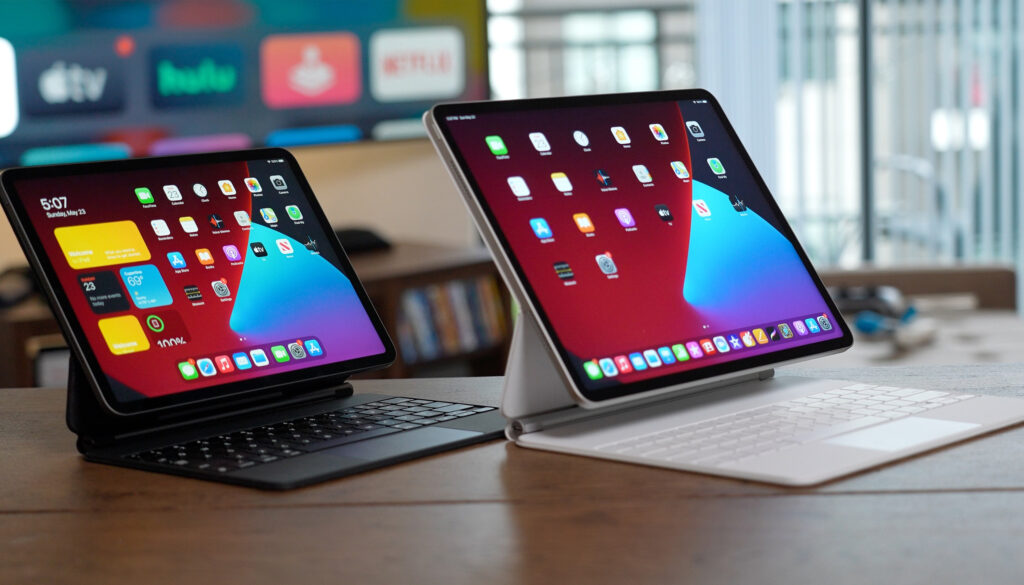
Right now, there are numerous tablets available with 14-inch screens. Thanks to their size, the performance of their processors, and the availability of cases with full keyboards, these tablets can be used as an equivalent option to a laptop.
For quite some time now, it has become feasible to use a tablet instead of a conventional laptop. For a considerable portion of users, tasks that are executed on a regular laptop with Windows or macOS operating systems can be equally tackled without major obstacles on a tablet with Android or iPadOS. This statement is not just limited to web browsing, checking emails, or editing basic documents. Except for highly specific tasks, there are virtually no areas that remain out of reach for tablets, thanks to the progress made in recent years by some crucial elements. One factor is the web browser, which is increasingly powerful and comparable in capabilities to that found on a conventional computer. Furthermore, this capability is boosted by increasingly powerful processors.
A notable example is the iPad Pro, which with its keyboard and 12.9-inch screen...
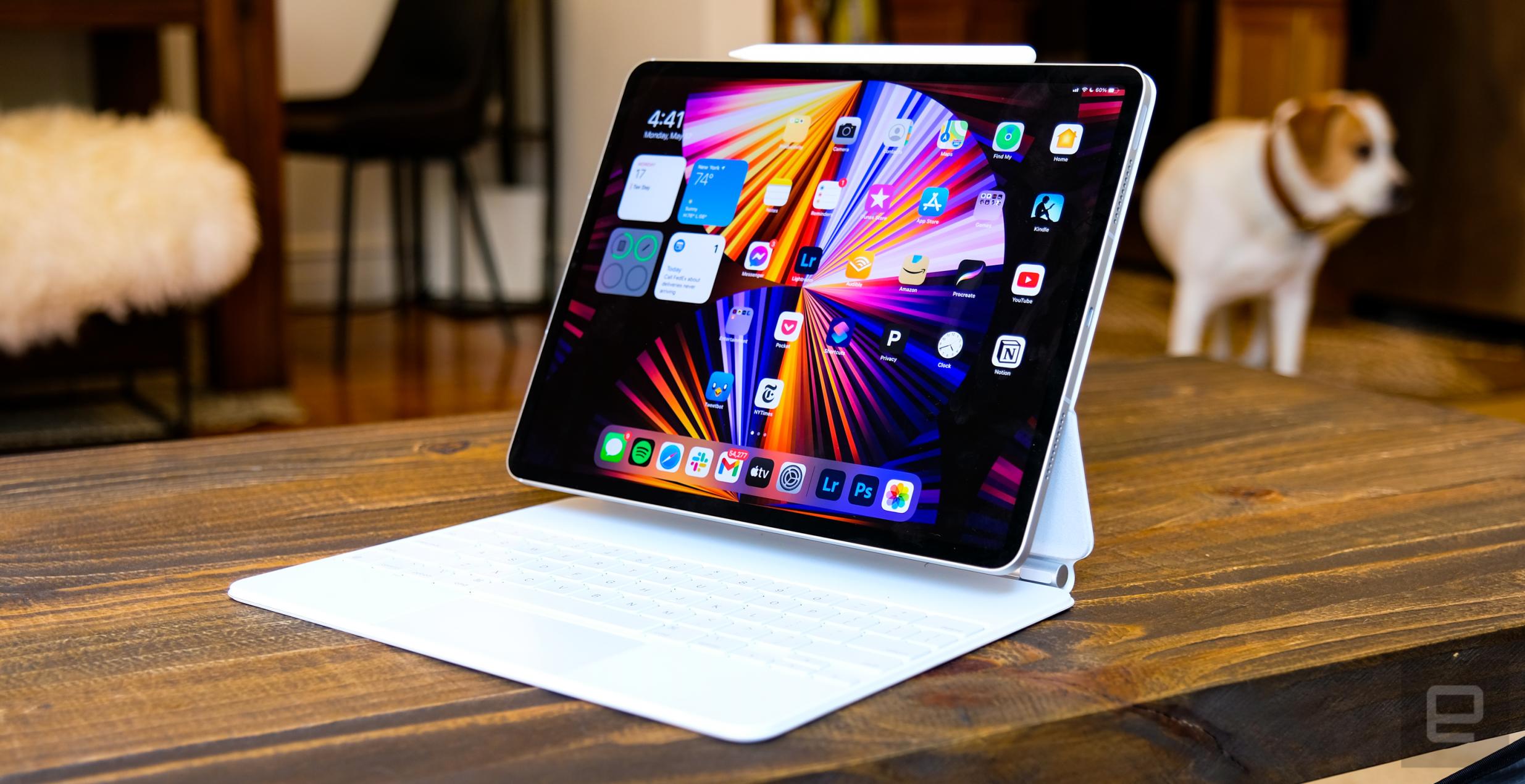
However, two other factors have contributed to the tablet's rise in status as an alternative to the laptop. One of them is the use of wireless keyboards or covers that incorporate keyboards, which simplifies the use of these devices to write long texts. The other, more recent, element is the appearance of tablets with large screens. Of course, large tablets have been around for years, starting with the Samsung Galaxy Tab Pro in 2014, which featured a 12.2-inch screen, to the iconic model that has set the standard in this segment: Apple's iPad Pro . The latter, since 2015, has a 12.9-inch model that has been frequently renewed. The most recent model, the sixth generation launched in October last year, features an M2 chip, the same one used by the company in its MacBook computers. This similarity between these devices, at least in terms of capacity, demonstrates the decreasing separation between them.
Various companies are taking a step forward, introducing models with 14-inch screens, a size that until the previous year was reserved for laptops or tablets with Windows. These devices also offer several advantages over conventional laptops. They are generally thinner (10mm including the case), lighter (weighing less than 1kg) and have long battery life that lasts longer than a workday.
Samsung took the initiative with the imposing Galaxy Tab S8 Ultra, which was succeeded this year by the Galaxy Tab S9 Ultra. This model, which was recently launched in Argentina, has a 14.6-inch screen, a thickness of 5.5 mm and a weight of 732 grams. The screen has a 120 Hz refresh rate, supports HDR10+ for audiovisual content, automatic brightness adjustment for outdoor use, four speakers compatible with Dolby Atmos and a Qualcomm Snapdragon 8 Gen 2 chip in a special version designed for Samsung. This variant includes 12 GB of RAM and 256 GB of storage, as well as the option to activate DeX mode, providing an experience similar to a conventional computer, but with Android applications. In Argentina, this model has a current price of 1,099,999 pesos (the price in the US is 1,199 dollars).
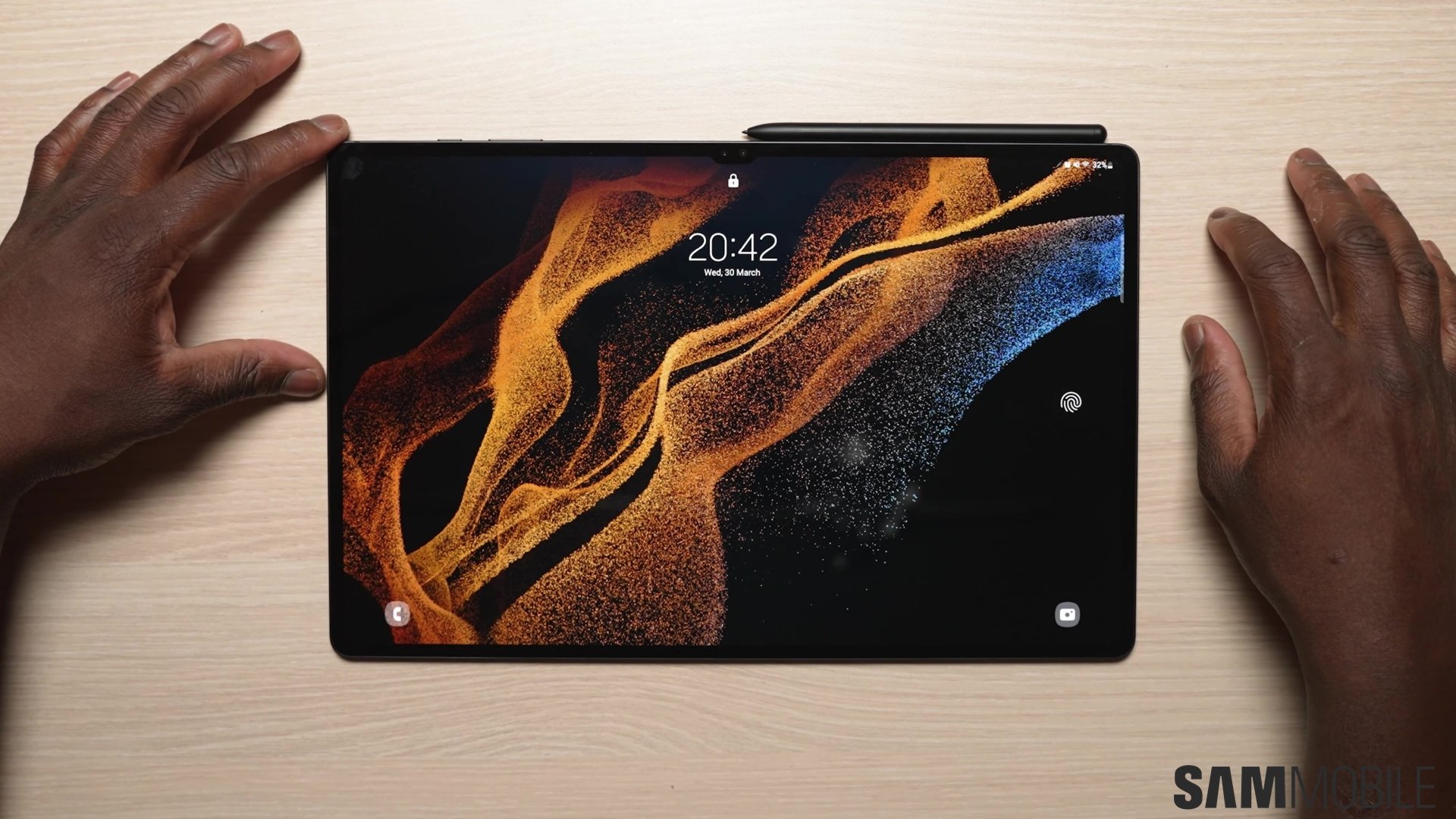
An innovation in this device is its water and dust resistance certification (IP68). The screen is protected by Gorilla Glass Victus 2 and the structure is made of aluminum. In Argentina, this tablet is sold together with a pen for writing on the screen (with lower latency than previous versions for a more natural stroke) and a case that includes a full-size keyboard with touchpad. This keyboard can also be used to control other paired Samsung devices, such as smartphones. The tablet also integrates LumaFusion, a high-quality video editor, following Apple's approach with the iPad Pro. Since the beginning of the year, Apple has offered a version of its editing software, Final Cut Pro and Logic Pro, that is compatible with their tablets.
However, this is not the only model in this size range. Xiaomi recently introduced its largest tablet to date in China: the Xiaomi Pad 6 Max. This model has a 14-inch screen with a resolution of 2880 x 1800 pixels, support for HDR10 and Dolby Vision, and a refresh rate of 120 Hz. It also has eight Dolby Atmos-compatible speakers to provide a surround sound experience. The Xiaomi Pad 6 Max is equipped with a Qualcomm Snapdragon 8+ Gen 1 chip, with options of 8 or 16 GB of RAM and storage capacities ranging from 256 GB to one terabyte. In addition, it offers MIUI for Pad, a view that allows four Android applications to be displayed simultaneously on the screen, improving its usefulness as a productivity tool.
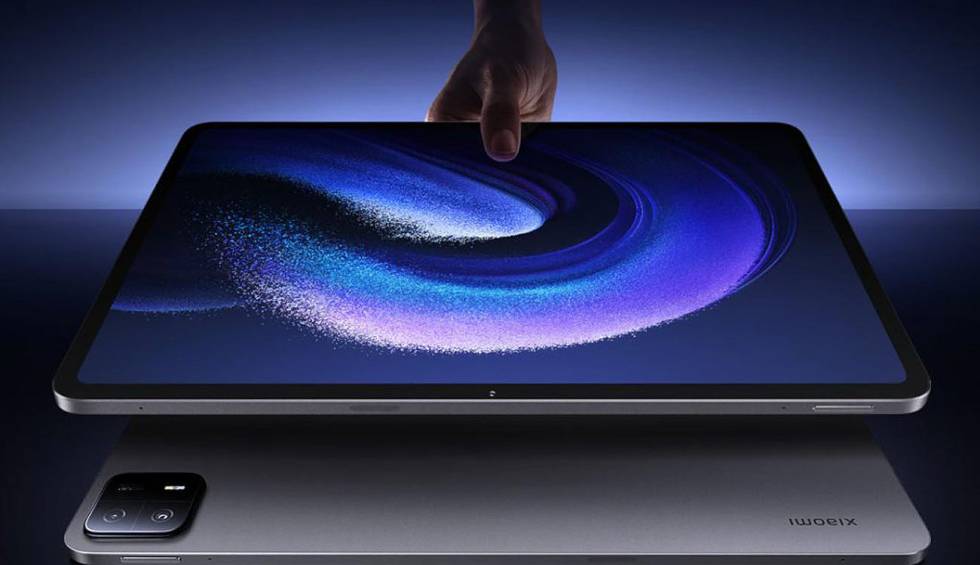
This tablet includes a 10,000 mAh battery with fast charging, four microphones that work together with the front camera to improve the quality of video calls, and a case that incorporates a full keyboard and touchpad, like other models. An advantageous feature of this Xiaomi version is that the keyboard has its own battery, allowing it to be used separately from the screen. Also included is a pen for writing on the screen with a latency of 5 ms (for comparison, the Galaxy S9 Ultra has a latency of 2.8 ms). The price of this base model in China is around $500, although its international availability has not yet been announced.
Companies must act quickly if they do not want to be left behind by the Lenovo Tab Extreme, a tablet that will be launched at the end of this month in Europe for a price of 1,199 euros and that was presented at the beginning of the year by Lenovo. The Lenovo Tab Extreme boasts a 14.5-inch screen, the largest in its category, with a resolution of 3000 x 1876 pixels, a refresh rate of 120 Hz, eight integrated JBL speakers and a Mediatek Dimensity 9000 chip, which promises up to 12 hours of continuous use.
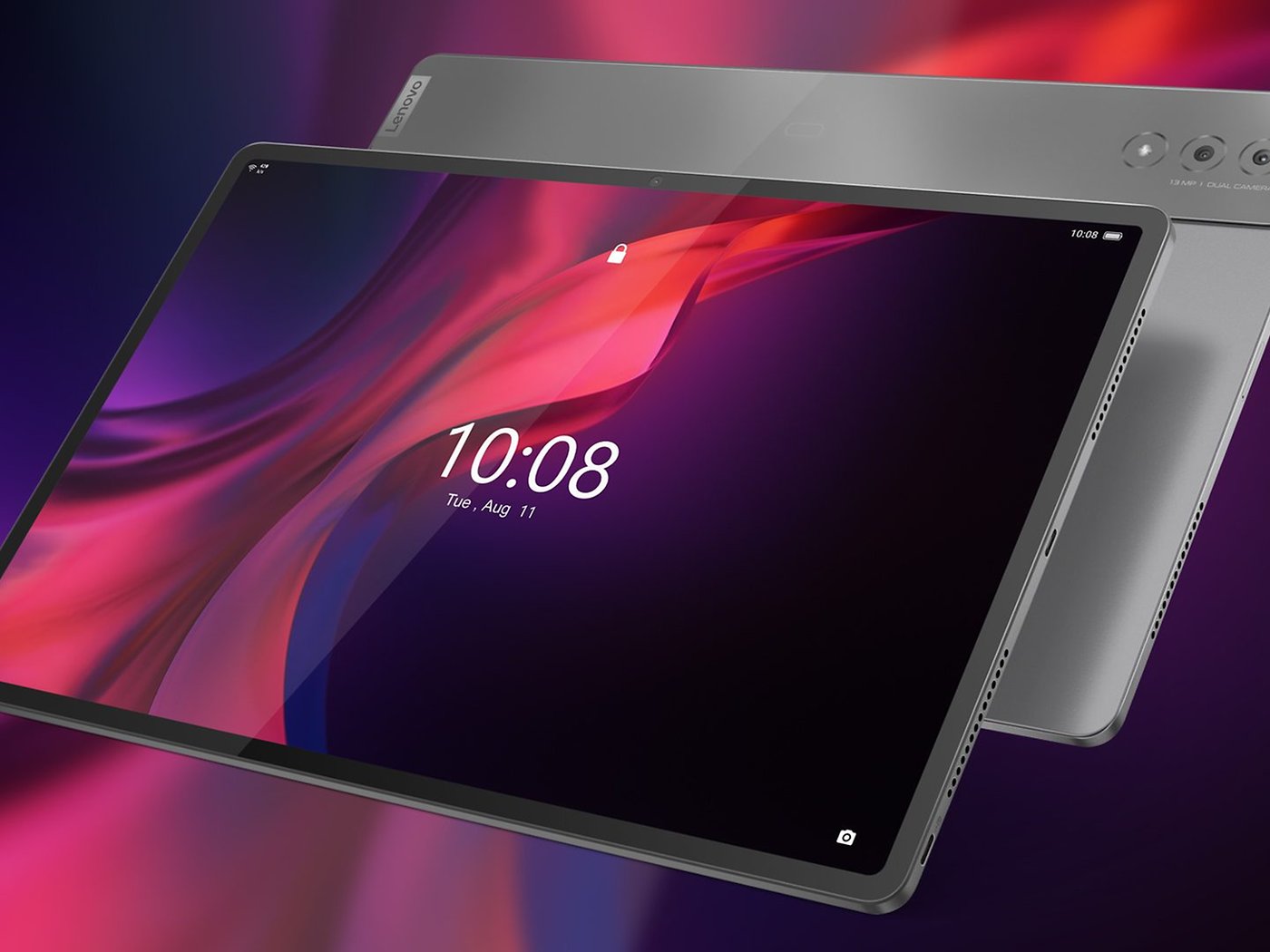
In addition to including the pen for writing on the screen and the type cover, Lenovo has opted for a unique design that allows you to adjust the tilt of the screen in relation to the keyboard. It can also be used as a secondary monitor for another computer without the need for third-party software. Like the Xiaomi model, it allows you to display up to four applications simultaneously on the screen or ten floating windows using a mode that simulates a conventional PC desktop (this mode was already available in previous versions). The Lenovo Tab Extreme also includes four microphones to improve the performance of the front camera during video calls.
Of course, a 14-inch screen is not an essential condition for using a tablet as an alternative to a laptop. There are models with 10, 11 or 12-inch screens that provide the same functionality. However, a larger screen surface makes it easier to edit long texts, presentations, spreadsheets, etc., as it offers more space to display information.
For example, other Samsung tablet models, such as the Galaxy Tab S9+ with 12-inch screen, also come with cases with keyboards. The same happens with other devices such as the OnePlus Pad or the Amazon Fire Max 11, both with 11-inch screens and cases that include full-size keyboards. Amazon's option is much more affordable ($230) although also more modest in terms of capacity. Still, it's sufficient for tasks like word processing and entertainment, such as streaming content on Netflix and other similar services, as well as some games.
As for the future of the iPad Pro, will it stay at 12.9 inches? Rumors about a 14-inch iPad Pro model have been circulating for some time, and although dates may vary, everything seems to indicate that it will materialize around mid-2024.

